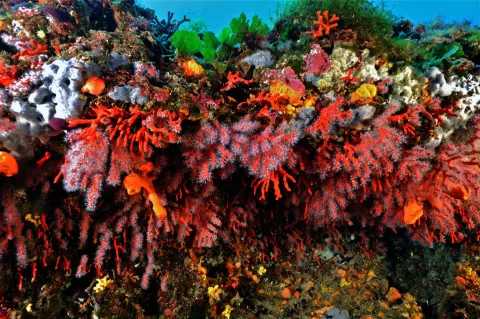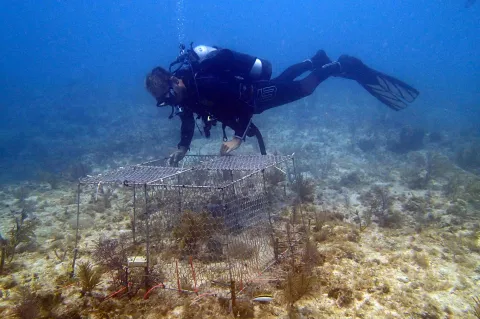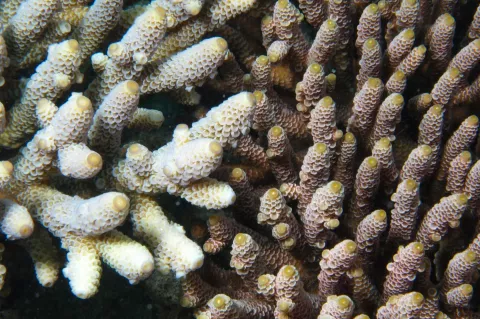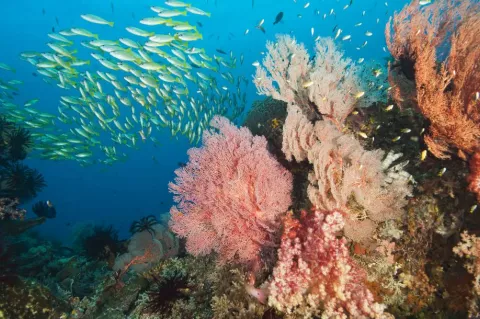Red coral recovers in Mediterranean protected areas
Mediterranean species such as red coral, with a hard and striking red skeleton, is key for formations of encrusting corals and algae, as it gives it physical structure, increases its complexity and serves as protection for several species, which feed on the coralligenous habitat.












